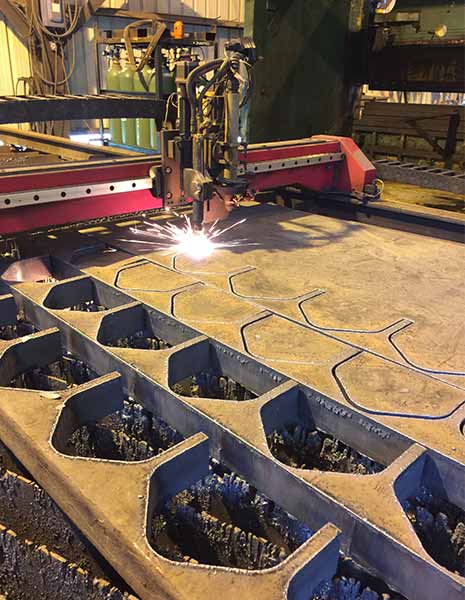Metal Rolling
Rolling is one of the many metal-forming techniques available, which is also one of the most critical manufacturing steps involving metal sheets. Here, two types of metal rolling can be used: hot and cold rolling. The main difference between the two is how they are processed.
What are the differences between hot and cold rolling?
Hot Rolling
In hot rolling, metal has been rolled at high temperatures or just above the recrystallization temperatures of the material. This temperature allows for the metal to be easily shaped, formed, and made into larger sizes. Most of the time, the material fed through a sheet metal roller is of larger pieces, such as slabs, blooms, and other semi-finished casting products.
The material must begin at room temperature for smaller operations and then gradually be heated. The temperature is monitored throughout the hot rolling process to ensure it remains above the recrystallization temperature.
Common applications:
- Truck frames
- Pipes and tubes
- Railroad tracks and car parts
- Mainframe parts (beams and columns)
Benefits of hot rolled steel:
- More malleable and can be turned into different shapes
- Only slight distortions
- Enhanced ductility and toughness
Cold Rolling
Colled rolled metals are rolled below the recrystallization temperature when the material is at room temperature. The strength increases to about 20%, allowing for tighter tolerances and a more enhanced surface finish. Some products that undergo cold rolling include rods, sheets, bars, and strips.
Cold-rolled steel is just hot-rolled steel that was further processed by allowing them to cool down at room temperature. After that, they were annealed or temper rolled. Cold-rolled steels have closer dimensional tolerances with a broader range of surface finishes than hot-rolled steels.
Common applications:
- Structural parts
- Metal furniture
- Frying pans
- Home appliances
- Metal containers
Benefits of cold rolled steel:
- Ideal for more precise applications
- More rigid and more robust than hot-rolled steel
- Many surface finishes to choose from for an aesthetically pleasing outcome.

















